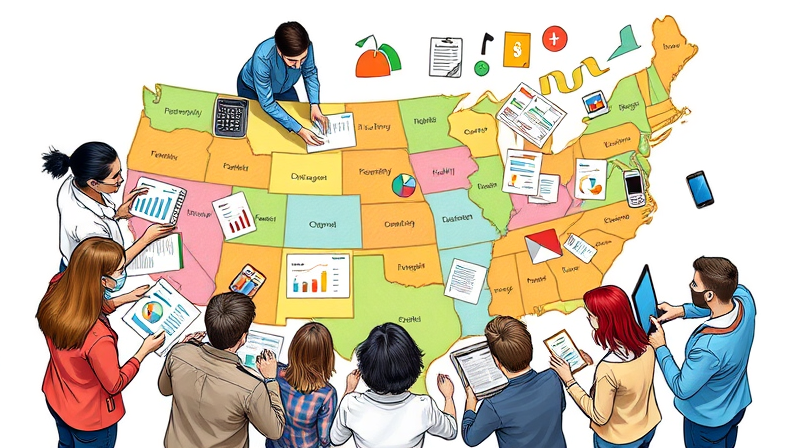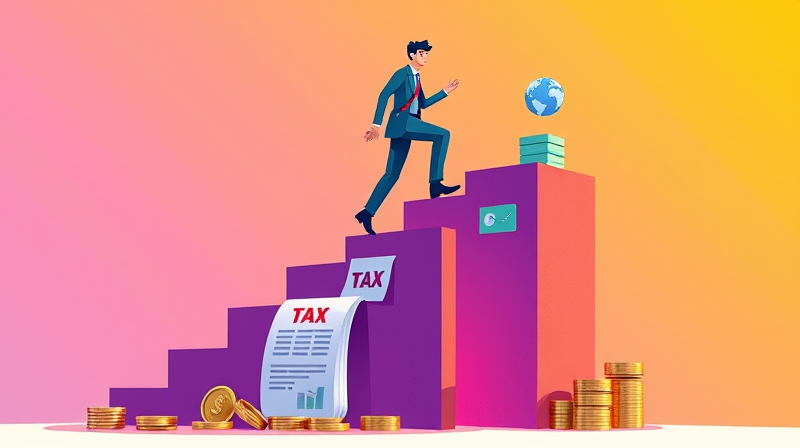
As you reach the milestone of age 70½, a remarkable opportunity arises to transform your retirement savings into lasting support for causes you care about. With a thoughtful strategy, you can maximize your charitable impact and enjoy significant tax advantages at the same time.
Qualified charitable distributions (QCDs) are unique financial tools that allow IRA owners aged 70½ or older to transfer funds directly from their individual retirement accounts to qualified charities. Unlike regular withdrawals, these distributions are not counted as taxable income, and they can also satisfy required minimum distributions (RMDs). This dual benefit helps retirees contribute generously while managing their tax burden.
By leveraging QCDs, you gain the satisfaction of supporting meaningful causes without increasing your taxable income. It’s a strategy designed to align your philanthropic goals with smart retirement planning.
Before initiating a QCD, it’s essential to confirm your eligibility and understand the annual caps. Regulations change over time, so staying informed ensures you make the most of each tax year.
When married couples each have eligible IRAs, they can double their giving potential, with each spouse contributing up to the annual limit.
Armed with these figures, you can design a giving plan that fits your philanthropic vision and retirement goals.
At first glance, making a charitable gift may seem purely altruistic. Yet QCDs bring several powerful financial advantages that elevate the act of giving into an integral part of your retirement strategy.
Since QCDs are excluded from gross income, they reduce your taxable profile directly. For those who do not itemize deductions, this feature unlocks tax savings otherwise unavailable when using standard charitable deductions.
By lowering your taxable income, you may:
Additionally, QCDs satisfy all or part of your RMD for the year. This dual use helps you maintain a leaner IRA balance, potentially reducing future RMD obligations.
Making a QCD is straightforward when you follow these essential steps. Early planning ensures all paperwork is completed before year-end deadlines.
Timely communication with your custodian and charity is crucial. Any delay can disqualify the distribution from counting toward your QCD or RMD.
Even seasoned retirees can falter when handling QCDs. By steering clear of these pitfalls, you safeguard both your tax benefits and charitable intentions.
A frequent error is making the check payable to yourself rather than the charity. If the funds pass through your hands, the IRS will treat the distribution as taxable income.
Avoid directing gifts to private foundations or donor-advised funds. Although these vehicles support causes, they do not meet the IRS requirements for QCD eligibility.
Finally, missing the December 31 deadline nullifies the QCD for that tax year, so early planning and prompt documentation are non-negotiable.
Beyond tax savings and retirement planning, QCDs carry a deeper significance. They offer a way to channel your life’s resources toward creating positive change in the world. Each distribution can support educational programs, medical research, environmental preservation, or your local community center.
Imagine the ripple effect of your gift: a scholarship fund empowering young leaders, medical breakthroughs benefiting countless patients, or a community garden bringing neighbors together. Such impact is the true reward of selfless generosity.
By embracing charitable giving as a legacy, you weave your values into the future, ensuring that the fruits of your lifetime of work continue to flourish long after you’re gone.
Reaching age 70½ marks not just a milestone in your personal journey but also an opportunity to amplify your philanthropic footprint. Qualified charitable distributions provide an elegant solution for combining impactful giving with prudent tax management.
Consult your financial advisor or tax professional to tailor a QCD strategy that aligns with your personal and charitable goals. With careful planning, you can ensure that your legacy of generosity endures, supporting the causes you cherish while safeguarding your financial well-being.
References













